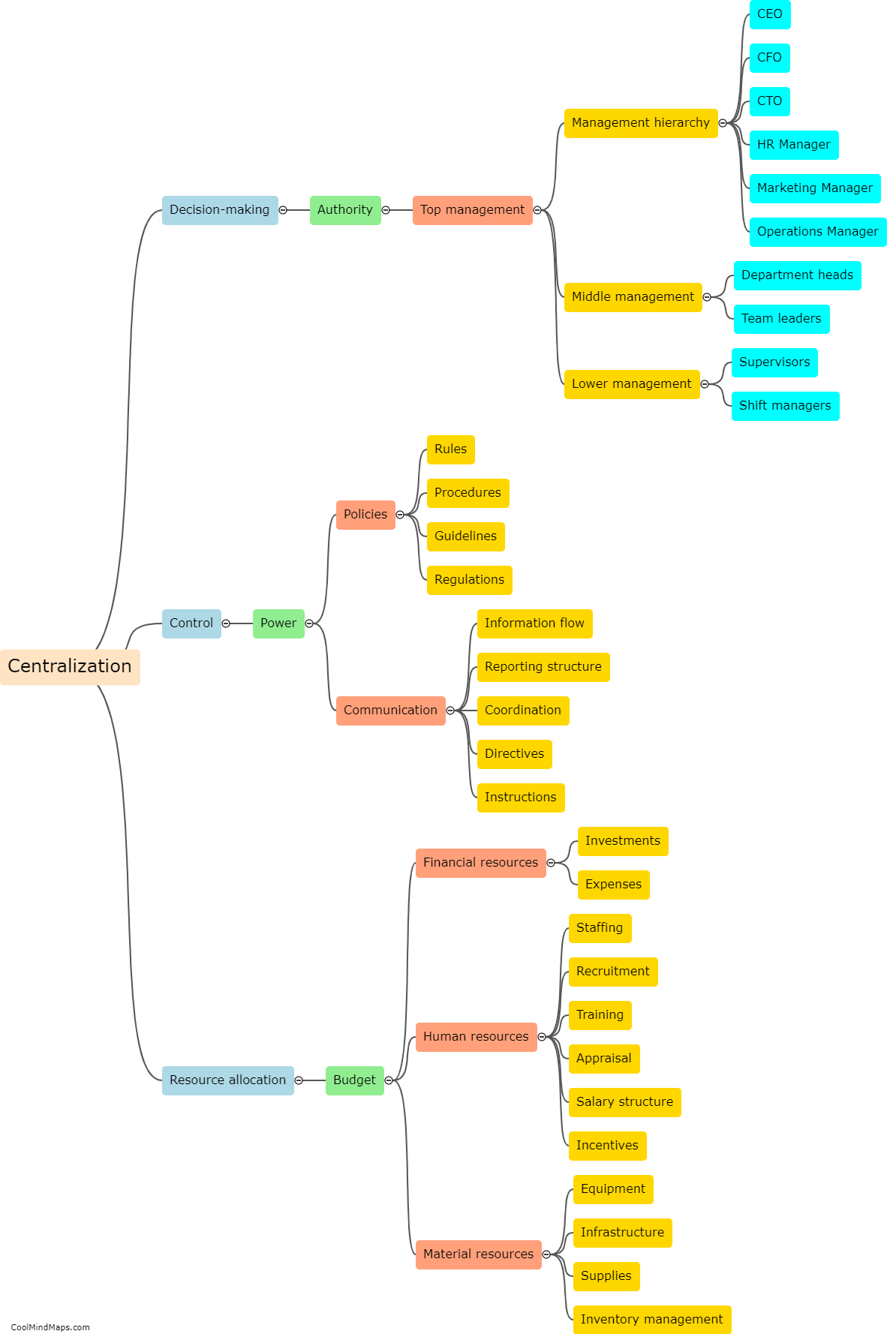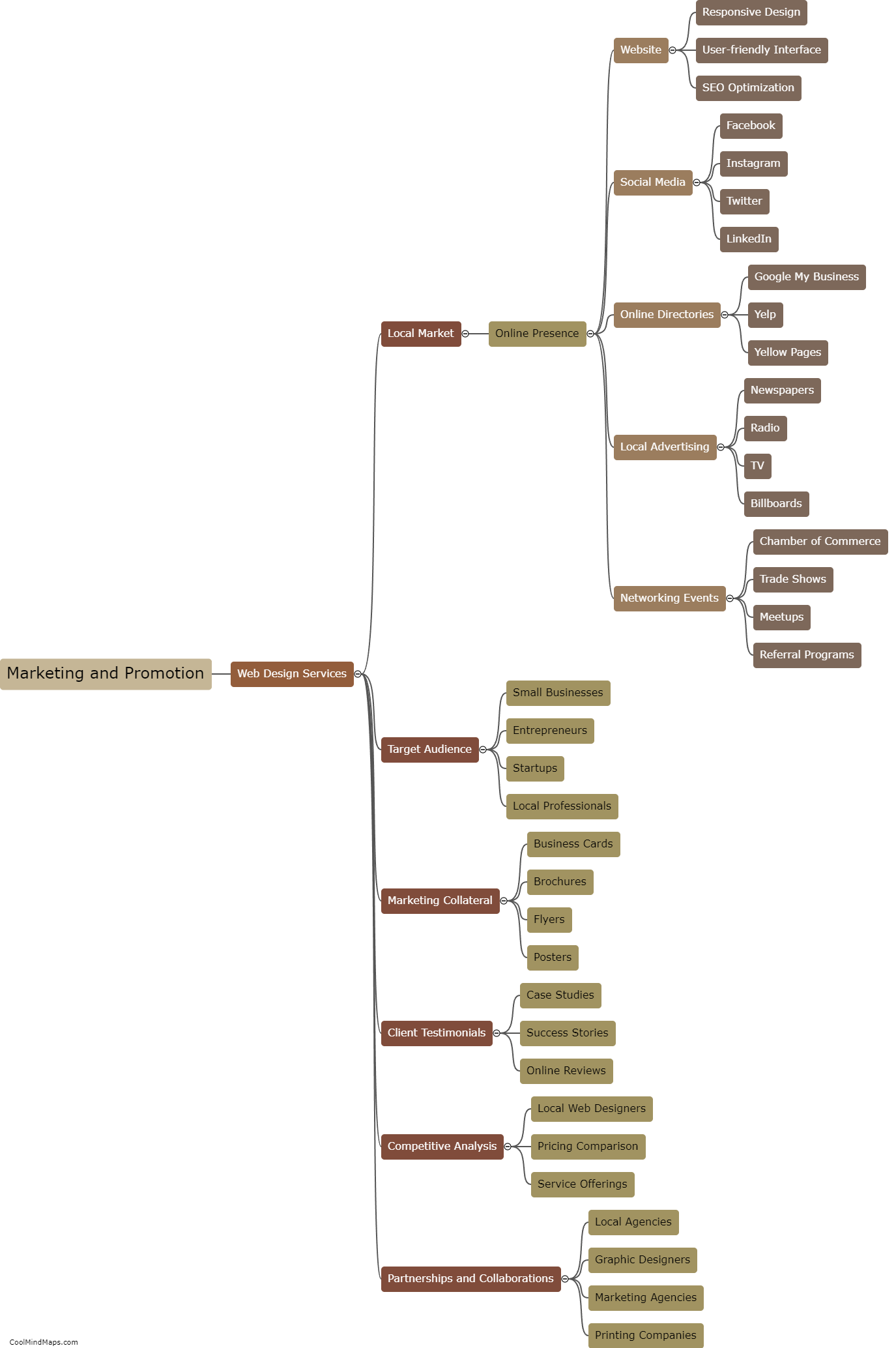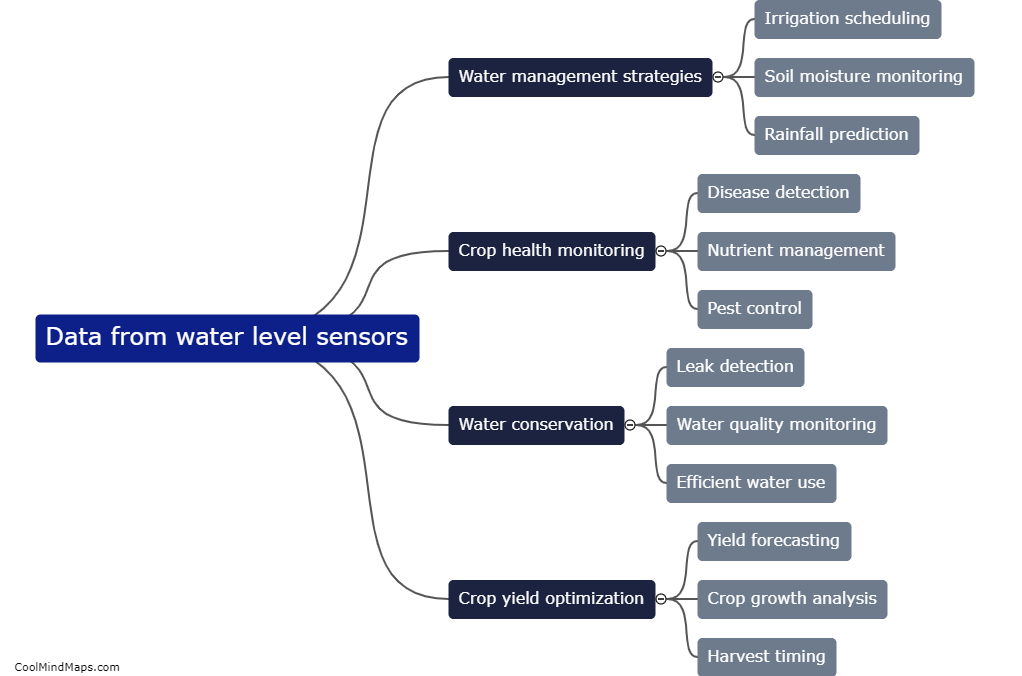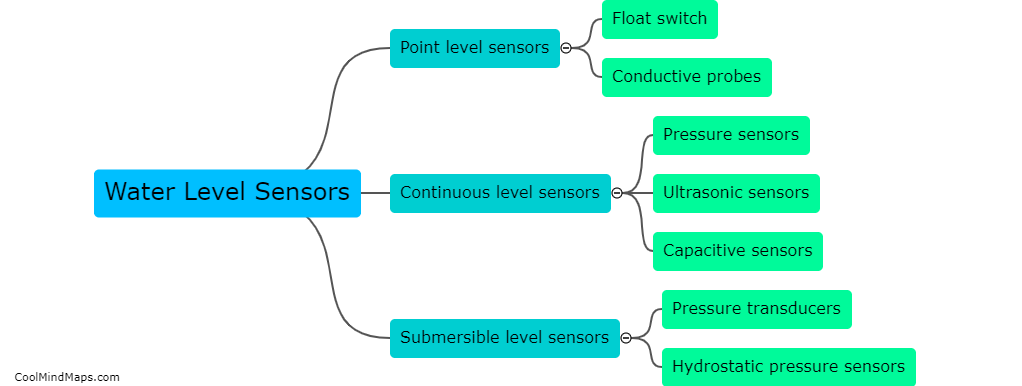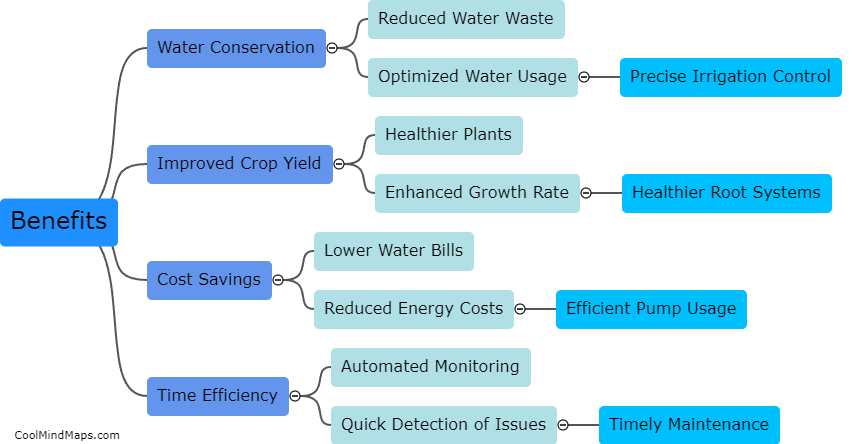How can water level data help in managing irrigation?
Water level data can play a crucial role in effectively managing irrigation systems. By monitoring and recording the water levels in rivers, lakes, or groundwater sources, farmers and irrigation technicians can make informed and strategic decisions about when and how much water to allocate to their crops. This data helps them ensure that water resources are utilized efficiently and that enough water is available to meet the needs of the plants, thus avoiding over or under-watering. Additionally, water level data allows for early detection of potential shortages or excesses, enabling prompt actions to address these issues and prevent crop damage or water wastage. This information also aids in predicting future water availability and planning irrigation schedules accordingly, ultimately improving resource management and increasing the overall efficiency and productivity of the irrigation system.

This mind map was published on 3 September 2023 and has been viewed 106 times.

